It is very common to hear parents who say that their children are suffering from “sinus”. A “sinus” is actually a normal air-filled spaces in the facial bones near the nasal passage that is lined with mucous membranes. So technically, everybody has sinuses!
What those parents are really describing in their children is a runny or congested nose that can be due to several conditions that will be discussed in this article.
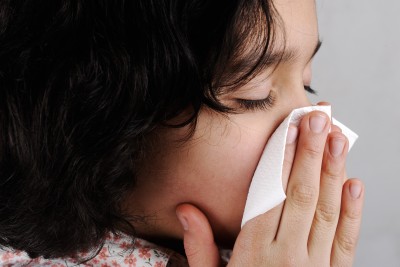
Viral infections
The common cold, or upper respiratory tract infection, is the most common cause of acute runny nose in children. These infections are brought about by viruses that are either spread through the air or by direct contact with infected persons or surfaces touched by infected persons.
Once the virus enters the body, it increases mucus production and swelling in the nasal lining, resulting in a runny nose and nasal congestion. This, in turn, leads to sneezing and cough from the irritation and backflow of mucus down the throat. Fever commonly occurs with these infections. These symptoms usually last around a week, occasionally stretching to two weeks, when full recovery is expected.
Since common colds are caused by viruses, not bacteria; antibiotics will not improve the child’s condition. In fact, unnecessary use of antibiotics may create resistant strains of bacteria, which means that antibiotics may not work when your child really needs them. Children with viral respiratory infections just need lots of fluids and rest, with medications to control fever, cough and runny nose when required.
Normal children will contract mild viral cough and colds 8 to 10 times a year on average, especially if they are attending school or in child care centres. In addition to a healthy balanced diet, adequate exercise and rest, parents can help their children prevent colds by:
- Regular hand washing, especially before meals and after using the restroom
- Not sharing food and drinks
- Cleaning toys regularly
- Kissing on the forehead or cheek instead of the mouth
- Ensuring routine vaccination
- Avoiding pollutants like cigarette smoke and vehicle exhaust
Allergic rhinitis (AR)
Unlike viral infections that last for a week or so, AR causes prolonged nasal symptoms that last for weeks to months, even years. AR is an overreaction of the immune system to particles in the air that produces clear mucus with nasal congestion, sneezing, itch and eye tearing. A cough may also develop when mucus drips from the nose down to the throat.
A family history of asthma or allergies, as well as children with asthma or eczema, would increase the chance of developing AR. Common triggers of AR in Singapore include house dust mites, mould, animal fur and cigarette smoke.
The diagnosis of AR is made based on the medical history and physical examination where typical findings of swollen nasal tissue and dark circles under the eyes may be seen. Treatment of AR is dependent on the age of the child, severity of symptoms, the child’s tolerance for medications and preferences of the family.
The available options include:
- Allergen avoidance
- Antihistaminesyrups help to decrease itching, sneezing and runny nose. These may come in sedating (e.g. chlorpheniramine, Rhiniramine®) or non-sedating forms (e.g. Zyrtec®, Clarityne®).
- Topical nasal saline sprays (e.g. Sterimar®, Sinomarin®) loosen thick nasal mucus.
- Topical nasal decongestants (e.g. Iliadin®, Otrivin®) cause constriction of the nasal blood vessels, resulting in decreased nasal swelling and stuffiness. These medications should not be used for more than 5 days in a row.
- Leukotriene receptor antagonists (e.g. Singulair®) decrease inflammation in the nose and airway. Continuous use a few weeks is necessary to achieve improvement in the child’s nasal symptoms.
- Topical nasal steroid sprays (e.g. Nasonex®, Avamys®, Nasacort®)also decrease inflammation in the nose. Likewise, continuous use for at least a few weeks is necessary to achieve improvement in the child’s nasal symptoms.
- Sublingual immunotherapy (SLIT) may be considered in severe AR where drops of allergen extracts are placed under the tongue daily for a few years to reduce the child’s sensitivity to that particular allergen. This form of treatment is undertaken with the guidance of a paediatric allergist.
Sinusitis
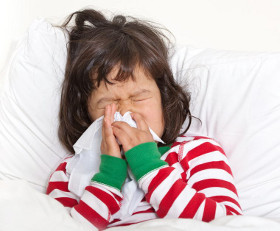
Sinusitis is an infection of the sinuses near the nose. It is usually preceded by a viral respiratory infection or AR that blocks the openings of the sinuses, leading to bacterial growth and infection. Sinusitis is often over-diagnosed in children because parents, even doctors, think that the very first sign of yellow or green mucus indicates sinusitis. Instead, sinusitis is suspected when there is a runny nose that lasts for more than 10 to 14 days, or if there is a high fever in a child that appears ill.
As sinusitis is often caused by bacteria, most children improve with antibiotic treatment. In addition, nasal saline sprays and decongestants (as mentioned above)can help to loosen thick secretions and reduce nasal stuffiness respectively. If the symptoms are prolonged beyond 12 weeks, chronic sinusitis is suspected, and a referral to the ear, nose and throat (ENT) specialist is advised.
Other causes
Besides allergies and infections, less common causes of the runny nose include:
- Deviated nasal septum or other structural nose problems
- Nasal polyps
- Enlarged adenoids
- Vasomotor rhinitis, which is a non-allergic nasal inflammation that can be triggered by cigarette smoke, odours, foods or changes in temperature and humidity
- Prolonged use of topical nasal decongestants
Runny nose in a child incorrectly termed “sinus” is very frequent problem parents have to deal with. Viral infections and allergies are the most common causes, but they have different treatments and outcomes. As such, having an accurate diagnosis by a doctor will ensure appropriate treatment and allow parents to better cope with their child’s illness.
By Dr Eugene Han, Paediatrician, SBCC Baby & Child Clinic.
This article was first published in The New Age Parents e-magazine.
* * * * *
Enjoyed reading this or learned something new? Click the Like and Share button below!
Want to be heard 👂 and seen 👀 by over 100,000 parents in Singapore? We can help! Leave your contact here and we’ll be in touch.





































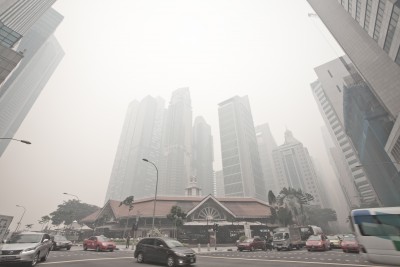
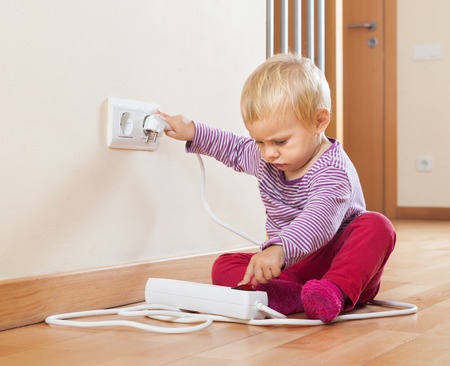
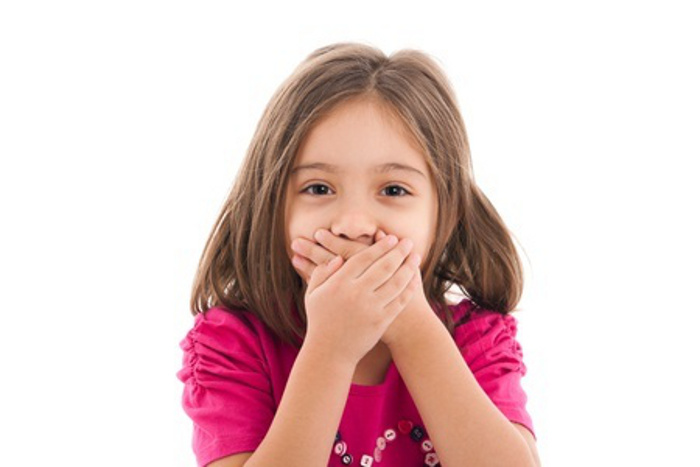


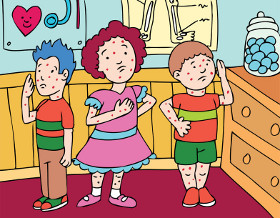



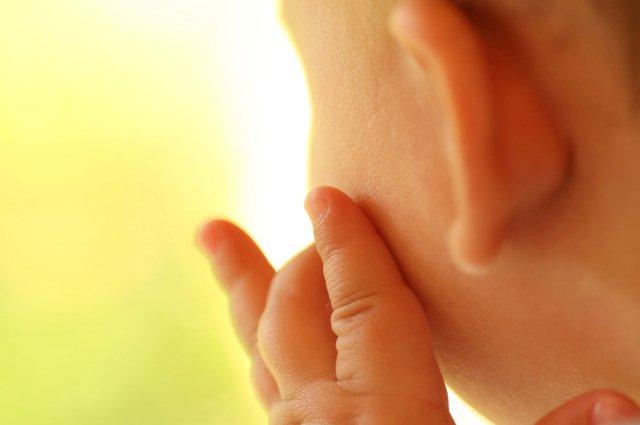
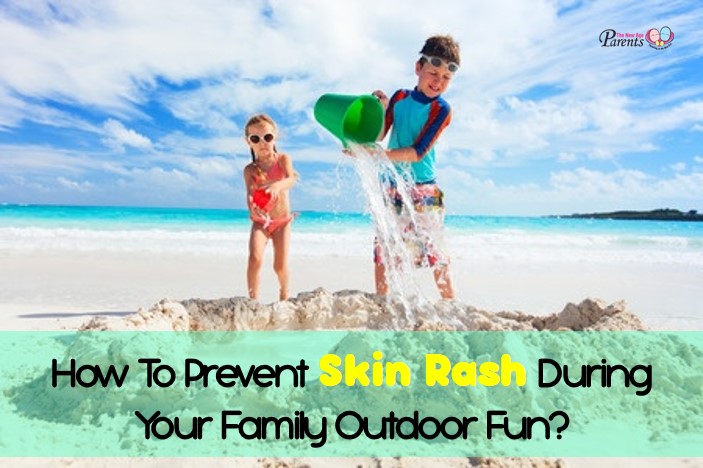
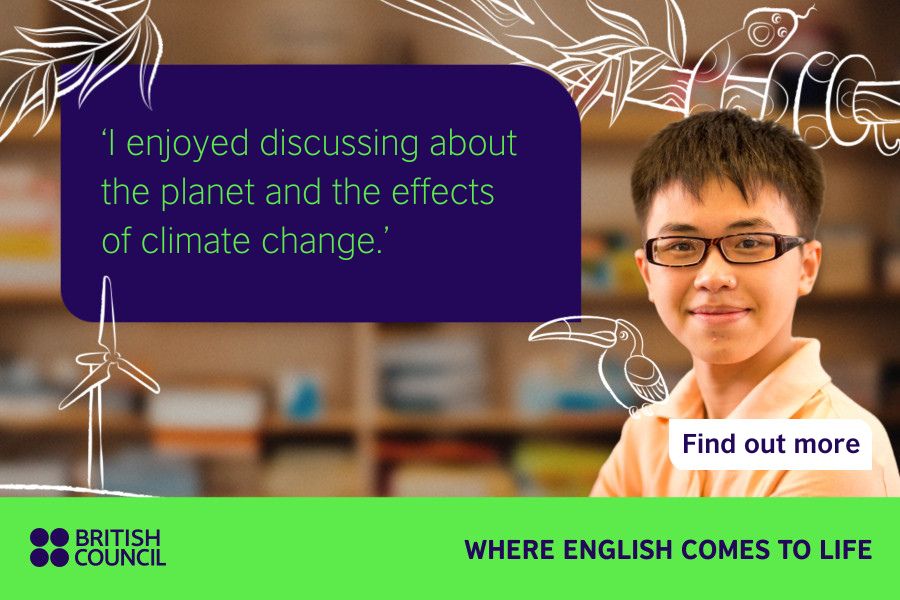


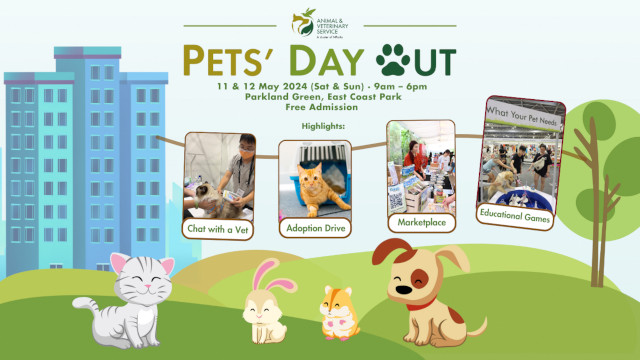






Leave a Comment: